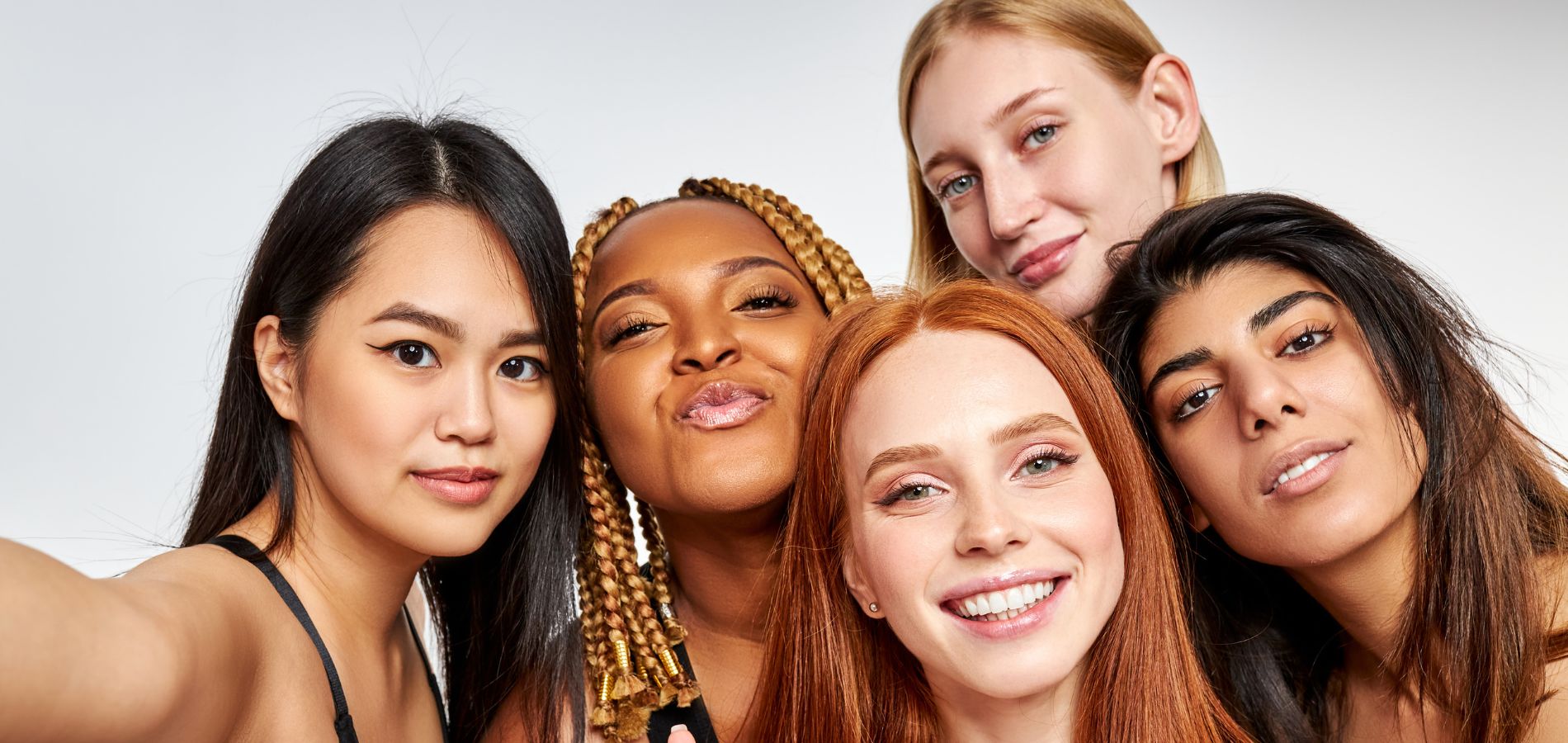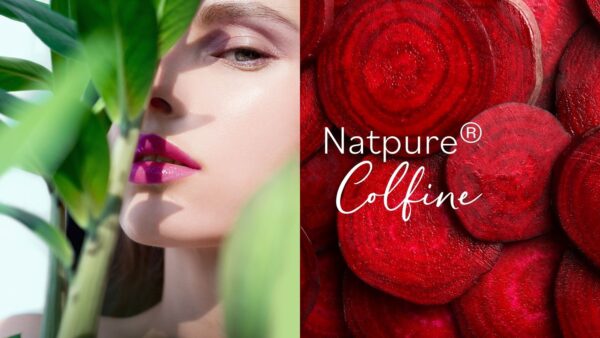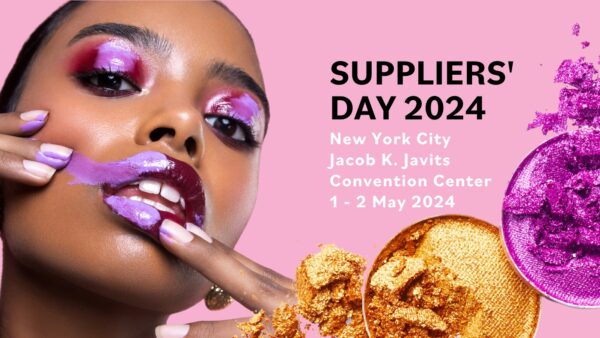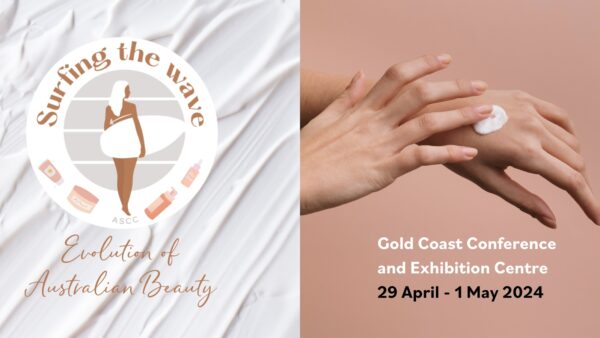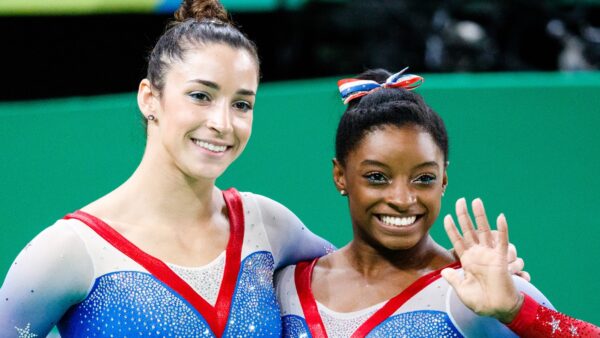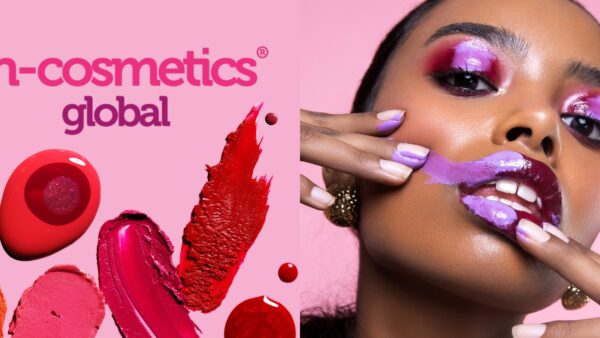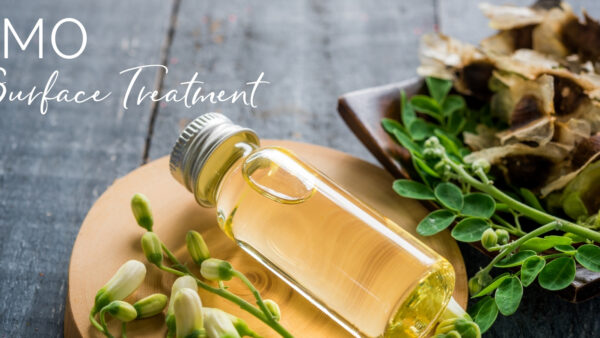By: Véronique Guyot-Ferreol
Cosmetic products have had numerous secondary applications in the course of decades. Cosmetic products that correct, modify, and improve a person’s appearance have also been a symbol of rallying, professional status, and even social identity. This phenomenon has driven people to identify themselves within certain ethnic groups instead of embracing their own identity. Today the trend is reversed. Everyone’s uniqueness is well known, accepted, and even researched. Brands like Fenty beauty highlight individuality and allow each person to embrace their true self.
肌色も豊富:
Among the differences easily recognized, the difference in skin tones is certainly one of the easiest to see. Hence the scope of these variables seems endless.
Roland Bazin’s book on skin aging elegantly presents four categories of skin tones: Caucasian skin, African-American skin, Asian skin and Indian Skin. Within each of these categories, a number of distinct shades are seen.
With their color expertise, Pantone has developed 110 shades that group together the best qualities of different skin tones. Each of these shades of skin is classified by a 4-digit reference. The first two numbers describe the shade and its saturation, and the second number defines the luminosity or the depth of the color.
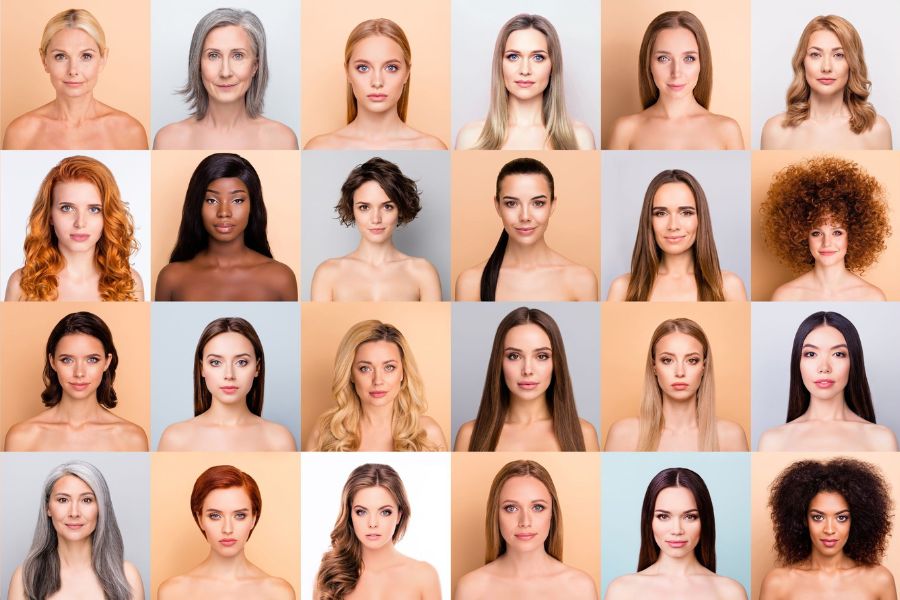
The Brazilian artist and photographer Angélica Dass captured photos of numerous people of different ages, horizons and socio-economic status. She cropped a square of the photographed nose of each subject, matched the color with a Pantone number, and then modified the white background in function of Pantone. Once the modified photo was placed randomly next to other portraits, a viewer could see to what extent the skin tones had really changed and how each should really be appreciated for the beauty that each contains.
It’s the new challenge of the cosmetic industry: appraise the beauty value of each skin shade thanks to foundation that shines for their uniqueness and that don’t put these into stereotypical categories anymore.
This challenge goes well beyond the number of foundation shades needed to satisfy all women. It’s also an industrial challenge to perfectly master all of these shades.
正しい色合いを作るには?
In general, foundation colors are developed using mineral oxides: titanium dioxide for white, and iron oxides for yellow, red and black. Various combinations of the four basic colors make it possible to create an infinite number of shades.
Since they are mineral pigments, they present themselves under the form of particle aggregates that are insoluble regardless of the media in which they are dispersed.
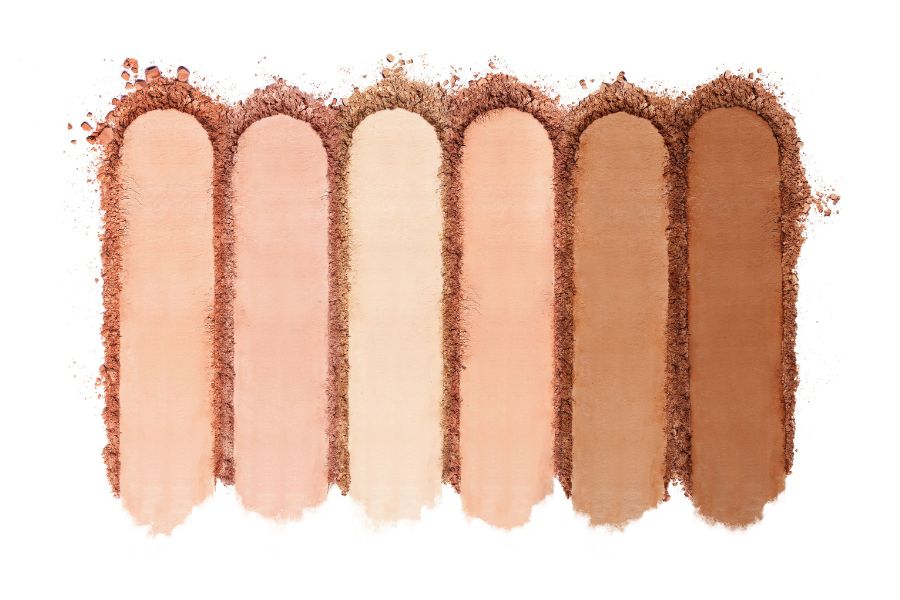
In order to develop the color in an optimal and reproducible manner, a color expert uses various approaches, all having the same goal of producing a homogeneous dispersion of fine pigment particles. There are many approaches to achieving this goal:
- 工具を使った研磨:ボールミル、三本ロールミル、...。
- レディー・トゥ・ユース顔料分散液の使用について
- 分散しやすいように高度な表面処理を施した顔料を使用したこと
Whatever approach is used, since they are mineral pigments, their refraction index is high which results in a high level of opacity. In this way, the coverage or the transparency of foundation can be adjusted simply by increasing or decreasing the total quantity of mineral pigments.
Finally, as these are mineral oxides, they will show themselves under different crystalline structures and/or different oxidation forms and/or different purity levels that will induce subtle but visible variations in the tone of the pigment.
For example, the anatase form of titanium dioxide will be whiter than rutile titanium dioxide, which is slightly more yellow. Iron oxide Fe2O3, n.H20 is mustard yellow. Iron oxide Fe2O3, or hematite, is dark red. Iron oxide FeO.Fe2O3, also called magnetite, is black.
All of these variations should be well known by man of the art, as well as subtle differences between batches of the same pigment, in order to gain control of the shade adjustment.
シェード調整の下地:
In the formulation of foundation, different manufacturing procedures can be employed. But generally, two methodologies are preferred:
- 粉砕された多色顔料の実現
この最初の方法では,すべての顔料を油性または水性の外相で粉砕し,この顔料分散液を残りの(最終)製剤中に導入する。 - 単色濃縮ベースの実現
この第2の方法では、まず非着色製剤を作成し、それと並行して、高顔料濃度の4つの粉砕顔料分散液を準備する。各シェードは、これらの単色顔料分散液をノンカラーの処方に適切な量だけ加えることで作られます。
Whichever method used, when setting the color, it is preferable to introduce 90% of the entire pigment load first, and then verify the compliance of the shade. If it is acceptable, then it can be completed with the same shade composition.
If unacceptable, the work of shade adjustment begins.
This starts with a precise observation of the shade to determine what is missing. Most often, visual observation can be combined with use of a spectrocolorimeter (CIE 1976 standard and L* a* b* C* h* colorimetric parameters are commonly used). The basic principles are as follows:
- 赤や黄色を加えると、色合いはより濃く、より飽和し、その結果、色成分a*またはb*が増加し、L*成分が減少します。
- 黒を追加した場合、シェードはより暗くなり、よりグレーで脱色され、成分C*とL*が減少します。
- 白を加えると、色合いが明るくなり、L*成分が増加します。
Hence:
- 赤や黄色が足りないが、濃さは良い場合:赤や黄色の顔料を同時に増やし、次に白を増やしましょう。
- シェードが濃すぎるがトーンが良い場合:ホワイトを少し増やす
- シェードが明るすぎるが、トーンが良い場合:他の顔料を比例して増加させる
- シェードがオレンジ色で強すぎる場合:黒を増やして馴染ませる
In order to insure that the shade adjustment is effective, it is better to do this adjustment little by little on the 10% of the pigment load left with a visual and instrumental control of the shade at each step as well as a test to the application.
Using the method described above, it is possible to create an abundance of shades with a very high level of reproducibility and giving the consumer the same desired shade that best fits with their skin tone.
Need help formulation and color/shade matching? Contact us now.
